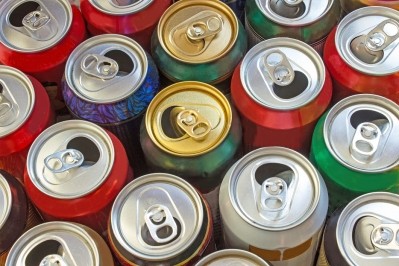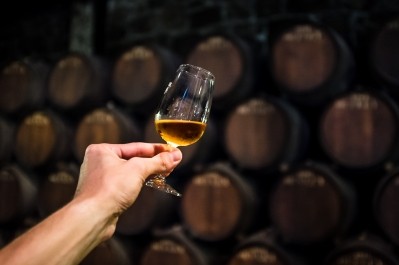8 ways COVID-19 is changing US wine drinking habits

"For the US market, at least, the pandemic and its impacts on alcoholic beverage consumption will be with us for some time to come," says Lulie Halstead, CEO, Wine Intelligence.
"The key takeaways from US data [during lockdowns] mirrored those we saw in other established and mature wine markets. Wine consumers are still enjoying a glass of wine at the end of a long day and online channels are seeing an increase in wine sales, especially from younger, affluent and urban-dwelling wine drinkers.
"The data published since then showing sales volumes holding up – an off-premise sales boom more or less making up for the loss of on-premise sales – while value (and especially high value products) declined, largely reflected the insights we were seeing from consumers."
1) More wine drinking occasions at home
Regular wine drinkers increased their average number of wine drinking occasions during lockdowns. In October 2019, regular wine drinkers reported consuming wine on average 9.3 times a month; whereas during March 2020 lockdowns this rose to 9.7.
The biggest gains for wine came from casual at-home non-food occasions - such as drinking while catching up with friends or family online or via phone, or drinking during the day outside mealtimes, while consumers also continued to enjoy wine with lunch or dinner.
2) Purchases up
As with beer and (in particular) non-alcoholic beverages, wine benefitted from increased off-trade purchases during March/April 2020 lockdown measures.
While not reaching the same level of bottled water and soft drink purchases, wine did see an increase in purchases. Wine drinkers in Florida and California, in particular, increased their wine buying habits.
3) Slight reduction in spend
In lockdown, US consumers marginally reduced their typical spend on wine. However, younger and more involved wine drinkers - already spending at the higher end of the spectrum - actually increased their spend per bottle.
4) More online purchases
Due to lockdown restrictions, the use of online channels to purchase wine increased dramatically among US regular wine drinkers, while they shopped for wine less via other channels such as supermarkets, super stores (i.e. Target/Walmart), wine shops or liquor stores.
Gen X led the way in purchasing wine online more often during lockdown.
Post restrictions, consumers envisioned continuing to spend more online (30% of respondents said they would be more likely to buy online once restrictions had passed compared to 20% who said they would be less likely to shop online).
5) More US wine
While most consumers stayed loyal to their existing country of origin repertoire, domestically-produced wine has gained trust and Italy and France has lost market share during lockdown purchase behavior.
Of those surveyed, around 75-80% had not changed how they shop in this respect. But 18% said they were actively buying more California wine and 13% said they were actively buying more wine from across the US. Meanwhile, 20% of drinkers said they were buying less from France, Italy and Spain.
6) Fewer plans for future social occasions
While US drinkers anticipate they will drink more alcoholic beverages: they also think they’re going to reduce socializing in the future.
While around 20% of consumers said they were more likely to socialise, this was outweighed by the 40% who said they were less likely to host a party or go to a party (whether at home or in a restaurant or bar) ‘when the danger of coronavirus has passed and normal activities are permitted’.
7) Fewer plans for travel and events
While around 20% of US wine drinkers said they’re more likely to go to events, sports and travel in the future, this was outweighed by around 40% of drinkers who say they’re less likely to do these types of activities. Of particular note is the 46% who say they are less likely to go on vacation abroad.
8) Saving or spending?
US wine drinkers state that spending less and boosting savings will be of a much higher priority in the future, though a quarter of respondents do think that treating themselves to better quality wine will be a priority.
The focus on future saving and spending less is a greater priority among younger Gen Z consumers.
The data comes from Wine Intelligence’s open-source US: COVID-19 Impact Report Issue #1 (published May 2020, updated July 2020).
Consumers were surveyed pre-coronavirus in October 2019; and during lockdowns in March 2020. 7,000 regular wine consumers (drink wine once a month) were surveyed in October and 2,000 in March. The data is representative of US regular wine drinkers in terms of gender, age and region.









